Leaderboard
Popular Content
Showing content with the highest reputation on 11/01/23 in all areas
-
Father-in-laws watch given to him by his grandmother in 1960 at Christmas. It has sat in a drawer for probably 40 years (or longer, maybe since the quartz crisis). My father-in-law is a very practical man, being a trained engineer, metallurgist and physicist, so once cheap quartz watches came out I doubt he ever gave this watch a second look. He is now 90 and in great physical shape, however he is suffering from memory loss and other stroke related issues. My wife and her sister wanted to get this cleaned up and in working order while he can still appreciate it. As some forum members know from helping me out, this watch came to me with the autowind mechanism missing (likely removed by the last watchmaker who serviced the watch), forcing me to purchase two salvage movements on eBay to ensure I had all the parts to complete the project (and to use as a model movement before I mucked around with my father-in-laws watch). Overall nice result, although I couldn’t do much about the staining on the edge of the dial (my wife wanted me to keep it as original as possible vs looking for a cleaner dial). cheers.3 points
-
Just putting the finishing touches to two templates/stencils to work in conjunction with the above table, basically you line up the date window of the new dial and stencil and then insert a 1mm bit into the guide hole in the template and twist the bit to mark the position of the new dial feet. 1 template for 3 o'clock stems and another for 3.8 position stems. will post the 3D print files once I finish tweaking my prototypes.3 points
-
I think stereo microscopes mid 20th century were pricey items. But average buying power was higher, so? When I was in school in the late 90s we had one average quality microscope. During my school I bought an excellent American Optical scope, and a lathe, and quickly a simple boom mounted scope for the lathe. I hate thinking of doing fine turning without a scope, and within a 1.5 meter radius of my bench I have an American Optical zoom on a bench and a Nikon on another and use both all the time. In the same radius is my small lathe with its scope (Olympus, selectable 10x or 20x) and a monocular toolmaker's scope. 4 microscopes and they all get used all the time! I also imagine how such fine work was done back in the day before decent scopes were affordable. I think most (U.S.) watchmakers first scope, and likely only, was the monocular Bulova scope for checking Accutrons.3 points
-
1- Put a bit of oil on flat side of the free end of your screwdriver. 2- Drop the end stone on a clean sheet of paper ( flat side down so dome side would be up) 3- Press on top of the end stone with the tweezers you prepared so the oil picks up the end stone, with flat side staring at you right in the eye. 4-Lube the flat side of the end stone. 5-With flat side of end stone up, aim for the chaton, once there flip it over so end stone is right on top of the chaton, slide the screwdriver back to leave the stone in chaton. 6- Lock the in- cab-loc shock spring. 7- A bit of light fluid on tissue paper, GENTLY wipe off the oil on dome side of the end stone. There is no law limitting you to do this task with tweezers. Your okay as long as end stone exactly fits the chaton and shock springs secure end stone/ chaton / inside the setting housing. Good luck pal.2 points
-
Hello Lee and welcome. I was in you shoes 23 month ago. Don't make my mistake and work on your own, or family's watches. They have memories and all you will do is break parts. Been there, worn the Tshirt. Get some old cheap watches from ebay, not movements, full watches. Watches good to learn from are, Seiko. There are many Youtube specialists for them. Most of all, consider Marks course and don't be afraid to ask members of the forum for help. No-one judges. Wish you well. Ross2 points
-
Hello and welcome to the forum, where empty pockets are the norm. Always another watch , always another tool. And so it goes on down the rabbit hole.2 points
-
I googled for Unitas histroy, its been a ebauche producers and is now part of swatch group ETA. Heres the link. https://www.watch-wiki.net/doku.php?id=unitas All was news to me.1 point
-
It's nearly impossible to find complete balances for these old Omega's. I have two 26.5 T3's awaiting hairsprings. With an overcoil, nigh on impossible I'd say. But if you do perfect the technique, could you knock my off a couple for my T3's please1 point
-
1 point
-
1 point
-
Hello, your movement is Unitas, no Eta (see Ebauche logo). The shock device is Kif, no Incabloc. Hope this helps, Frank1 point
-
Obviously cost is why we don't see microscopes we didn't see microscopes back then. Now they've gotten cheap and they do have their purposes. In the case of a lathe a microscope is an excellent idea. Because when I'm using a lathe I do like to look straight down. It's one of the irritations with the lathe at work it's on a jewelers bench and you look into your work and that really doesn't work well for me at all. Looking down on a lathe is what I want to do. I've also known of other people that have microscopes with their lathe especially when you're turning a balance staff and that would be an excellent idea. Even from a safety point of view it would be nice to get your eyeball away from metal flaking off of and heading for your eyes even if you do have a loop line or glasses. Opinions everybody gets an opinion for the most part. Do we really need a microscope for general watch repair? I thought I'd go for pictures what Pictures can we find of watchmaking and how everyone uses microscopes now and instead I find a video. Also a rather amusing video of happy students not working drinking coffee and tea but eventually we get to what we need to see. So do they have microscopes yes looks like some of the benches all have microscopes. But it doesn't look like they're using microscopes as opposed to loops still looks like they using those old-fashioned things attached eyeballs. Can one person turning something on a lathe you look like it had a camera not a microscope? So school teaching watch repair that doesn't universally have everyone having a microscope? If you watch the video it becomes a more interesting question as everyone isn't using a microscope. Which may be finding is hobbyists obsessed with their inability to see what they're doing have a perception that microscopes will somehow fix the problem of whatever their problem they perceive they have with seeing. Then the cost of microscopes has come down where there are affordable. Then yes I know microscopes have their use but I still have concerns with people looking straight down on their work they don't have a good view of the watch itself in the case of another discussions somebody put a gear in upside down which could happen anyway but if you really can't see into your work I would perceive are having a problem and just because of the microscope means the problem does not go away. But still microscopes do other use from looking at things just not necessarily everywhere and watch repair at least that's my Opinion for what it's worth. That's an interesting observation? That's a better description it matches what you have in the picture. Also the incredibly long focal length but also befitting for what you half. Then because I went looking for something YouTube immediately figured out that I need to get a telescope for astrophotography astrophotography imaging just because I've looked at one website. Oh and your telescope would suck for astrophotography. My first what I would call a nice telescope complements of eBay were not supposed to buy telescopes is a etx90 telescope with I believe a focal length of 1250 mm. I found the images through this thing were supersharp really nice for just looking at the night sky am looking at things. Then for those curious minded people this particular telescope is called a Maksutov-Cassegrain As I doubt anybody really cares and not going to post an image basically the light comes through a lens in the front bounces off a mirror in the back ounces off I went to the front and then he goes out the back and ends up with that insanely long focal length. Long focal length is extremely bad if you would like to do astrophotography. In general with telescopes bigger is better you gather more light with more lights you can have more magnification and still see things. Unfortunately bigger means physically heavier and way more money typically. Anything over about 9 inches you almost have to build the physical observatory because moving your telescope around becomes very inconvenient. Not that people don't do it I've seen their telescopes on wheels but not really something you grab and run out and look at something. What I find interesting for astrophotography is going back to something smaller with a much shorter focal length is a better way to go.1 point
-
I think microscopes began getting popular maybe 10 to 15 years ago. I think 2 things happened that made microscopy commonplace:- 1. The prices of stereo microscopes dropped below the $1000 mark. 2. The introduction of white LED ringlights. Stereo microscopes have been around for a long time. Early brands like Zeiss and Leica were very expensive, making widespread adoption of microscopes in the industry impossible. When Japan started making microscopes in the 70's, brands like Nikon, Olympus and Pentax dropped the prices to around $2000. I'm sure everyone have seen photos of electronic assembly lines with microscopes at every workstation. Then China came into the picture at the start of the milleniunm and prices really plummeted. At $1000 each, many small workshops like jewellers, dental laboratories, watch repair workshops could afford at least a couple of microscopes at their workplace. The prices dropped below $500 around 10 years ago, and that's when microscope use really took off. Even small handphone repair shops used microscopes for soldering and inspection work. And around that time, white LED's came into the limelight. If you tried using your microscope without your LED ringlight, your pretty much in the dark. ( pun intended ) I remember in the 80's, the surgical microscopes in the operating theaters had halogen or plasma arc lamps. These were huge units that ran hot and had noisy cooling fans. And the lifespan of the halogen and plasma arc bulbs were pretty short. The light units came with a mechanism to do a hot swap in case the lamp blew during an operation. So we really have to thank China for making microscopes available to the masses and hobbyist like us.1 point
-
That was my dad's first scope, but as best I recall, he seldom used it. I have it now and it is in pristine condition. I have it set up with my primary lathe (a Levin). Though monocular and 30x (I believe) it has great utility in that role. A stereo would be better, but since my lathe is situated on a conventional watch bench, the elevation would be an issue. So, the Bulova scope works for now. My stereo scope and boom sits on a conventional office desk.1 point
-
1 point
-
one of the amusing problems with the discussion group is if someone posts on the end of a very long discussion and I'm looking for new messages. Instead of finding the new message I will end up in the middle of the discussion wherever I last looked at it. So for instance I ended up at the discussion that I quoted which was posted quite a while back. But I had recently seen interesting videos on YouTube. Maybe the reason somebody was selling on eBay with a bargain price was that maybe it's not really a bargain? for instance somebody on YouTube was unhappy with his machine and how long it took to get it straightened out. although after quite a few months it does look like they straightened out the problem by replacing the machine. Also looks like whoever was purchased from was doing a better job of evaluating the machines rather than just passing them through. it also looks like the distributor of the machines is improving their procedure as it would save them money. Think about it if you distribute a machine you purchased it from Germany have it sitting in your warehouse for unknown quantity of months the customer gets it it's broken. The shipping company will probably not honor any kind of warranty because nobody would be able to prove whether was their mishandling or the previous shipping to the distributor. Which is probably why you now see a checkoff list and somebody checked out to make sure the machine was fine before passing it on. Does show the benefits of doing YouTube videos though to get action on a problem. https://youtu.be/7RA4NU7UPLc?si=ivUGR90VvYaJHWga https://youtu.be/eSYMuslyGsw?si=1VNc4NVbScTIqPDj by the way if you do a search for the title you find that cousins has the manual. Which I downloaded and I will attach. Also did a search for my computer found the original file and yes there identical. They just have slightly different titles for the PDF 252_C0381 RM90 Cleaning Machine.pdf1 point
-
Does the ratchet wheel move around when you are screwing it down ? The two circles in this picture are central to each other and to the ratchet screw. Compared to the barrel they are near as damn just a touch out top and bottom. Now look at the ratchet wheel teeth inside the large circle, the shadowing on the left makes comparison a little difficult but there looks to a difference. Point being we know that the teeth are not central to the barrel but the screw is. Dodgy ratchet wheel ?1 point
-
the problem with the hairspring is that even though the modern Springs seem like their better you still have to have a spring with the right characteristics to fit your balance wheel. then of course you as noted will have a temperature problem with the modern spring versus the balance wheel. But that's a small price to pay to get a hairspring if you can get a hairspring at all. You should do a search of the discussion group we've covered hairspring vibrating. The biggest problem is sourcing hairsprings as there are no longer available other than new old stock whatever you can find. then there's no difference between a flat hairspring and Breguet hairspring there both identical in other words there both flat they both get vibrated the same way. Then once their vibrated you form your over coil1 point
-
Unfortunately your advice comes a little too late to help with this restoration Pent. There is another thread from murks pertaining to the outcome1 point
-
1 point



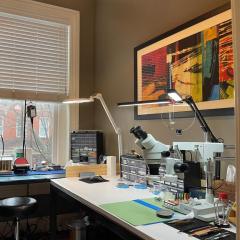

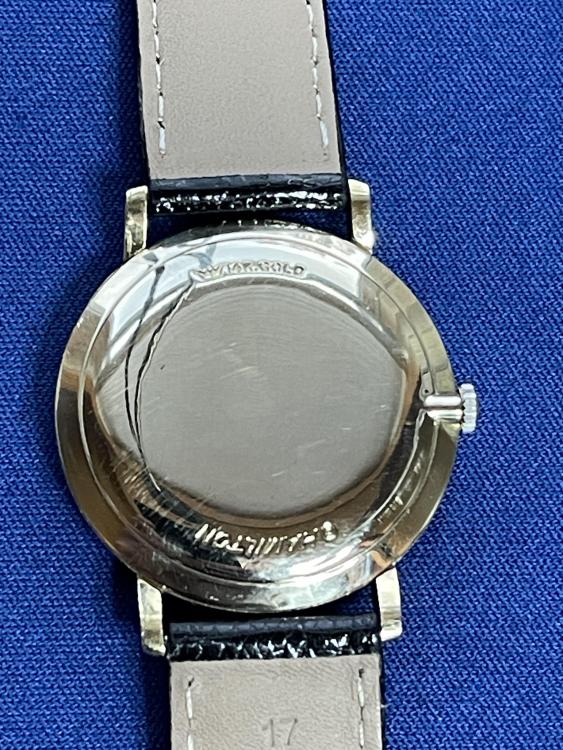
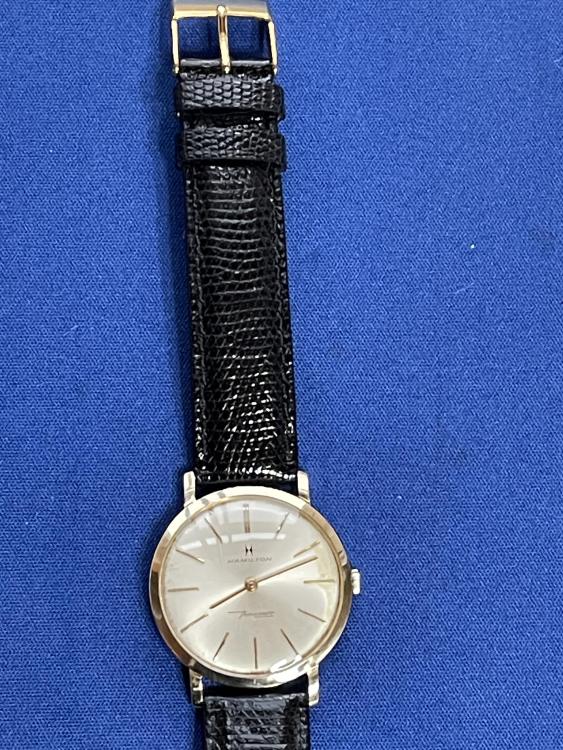
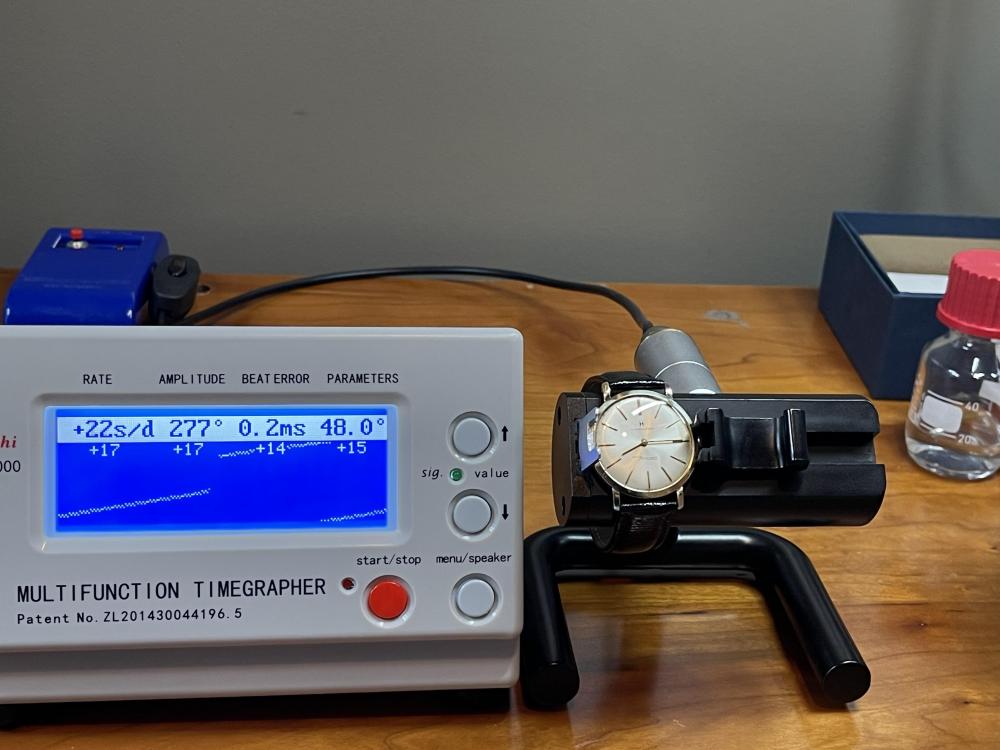
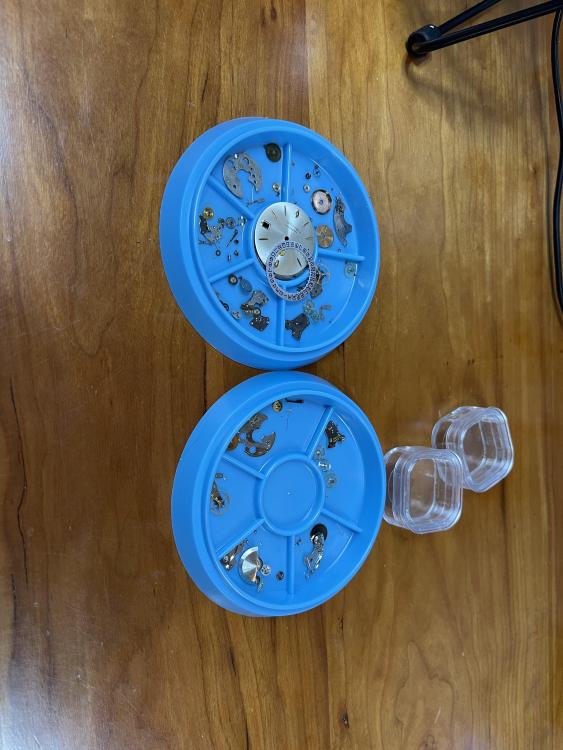




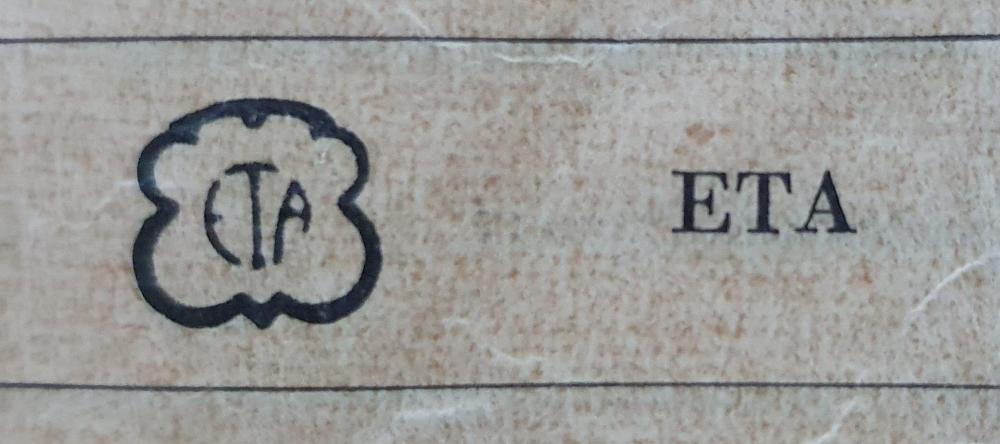
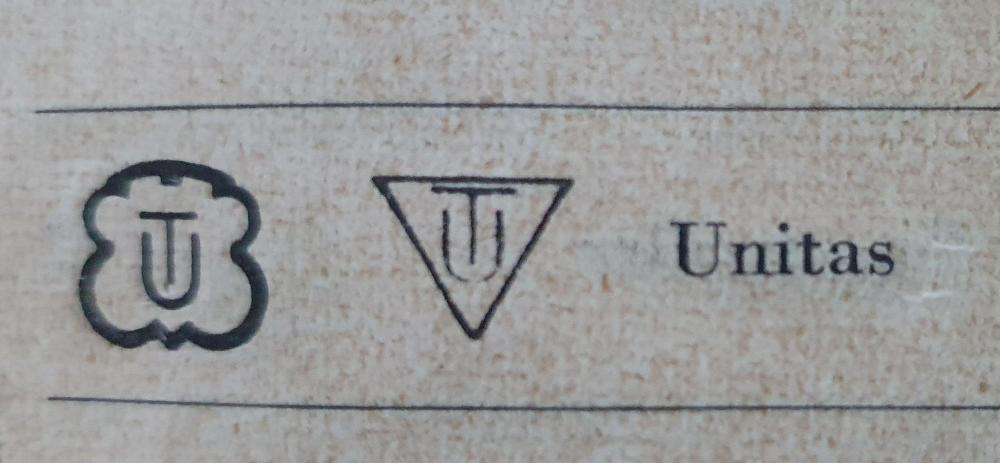
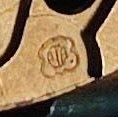



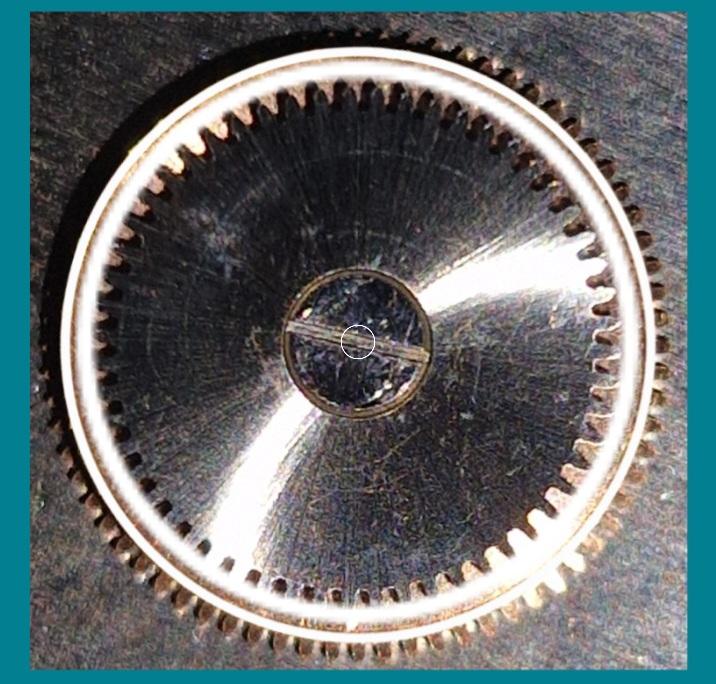
.thumb.jpg.cb17a66989f1e796fd4217db2e9ca9df.jpg)
